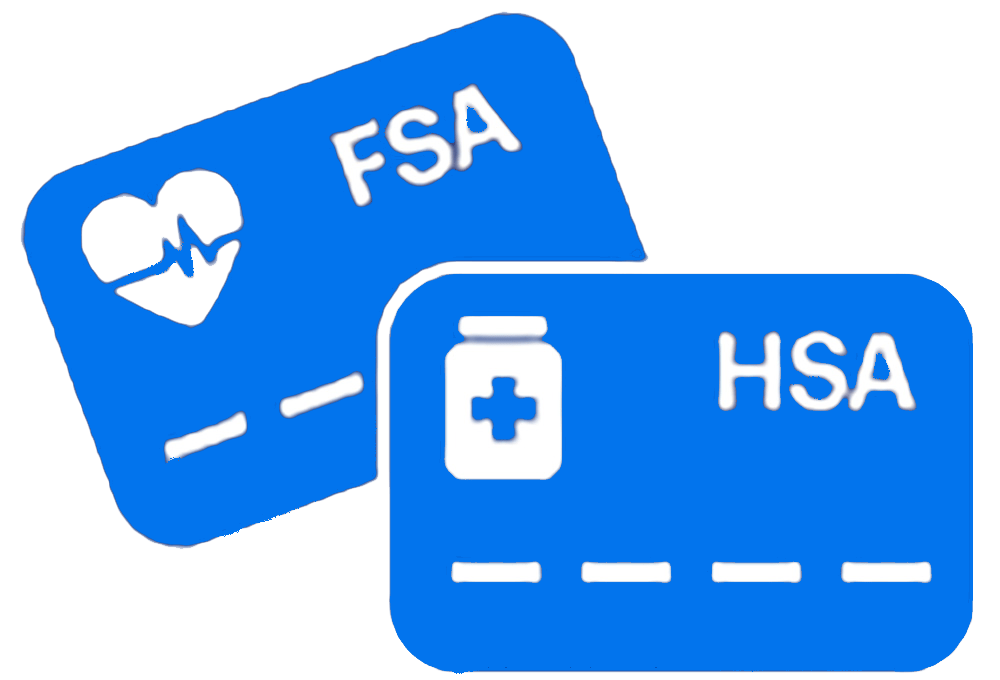Mold toxicity, also referred to as mold illness or chronic inflammatory response syndrome (CIRS), occurs when prolonged exposure to toxic mold spores triggers a harmful response in the body. Mold is a type of fungus that thrives in damp, humid environments and can be found in homes, workplaces, and other indoor spaces. While not all molds are toxic, some produce mycotoxins that can lead to serious health complications when inhaled or ingested over time.
Where Mold Grows and How Exposure Happens
Mold typically grows in places with high moisture content, such as basements, bathrooms, kitchens, and areas with water damage. It can be found on walls, ceilings, carpets, and behind appliances. Exposure happens when mold spores become airborne and are inhaled. Individuals can also come into contact with mold through skin contact or contaminated food and drink. Homes with poor ventilation or past water leaks are particularly vulnerable to mold growth.
Common Symptoms of Mold Toxicity
Symptoms of mold toxicity can vary significantly from person to person, depending on their sensitivity and length of exposure. Some people may experience mild allergic reactions, while others can suffer from severe neurological or respiratory issues. Common symptoms include chronic fatigue, brain fog, headaches, sinus congestion, sneezing, skin rashes, coughing, and difficulty breathing. Over time, these symptoms may worsen, especially if the source of mold exposure is not identified and removed.
Chronic Inflammatory Response Syndrome and Mold
Chronic exposure to mold can result in a condition known as chronic inflammatory response syndrome. CIRS is a complex and often misunderstood illness where the immune system becomes chronically activated due to ongoing exposure to biotoxins. Individuals with CIRS may experience a wide range of symptoms such as memory problems, joint pain, sensitivity to light, mood swings, and gastrointestinal issues. Proper diagnosis and treatment are essential to managing and recovering from this condition.
Populations at Higher Risk
Some individuals are more susceptible to mold toxicity than others. People with compromised immune systems, such as those undergoing chemotherapy or living with autoimmune diseases, are at higher risk. Children, the elderly, and individuals with preexisting respiratory conditions like asthma are also more vulnerable. Additionally, around 25% of the population has a genetic predisposition that makes it harder for their bodies to eliminate mold toxins effectively.
Diagnosing Mold-Related Illness
Diagnosing mold toxicity can be challenging because its symptoms often overlap with those of other conditions. However, specialized medical practitioners may use a combination of blood tests, urine tests for mycotoxins, visual contrast sensitivity tests, and detailed health histories to identify mold-related illness. Environmental testing of the home or workplace may also be conducted to detect the presence and types of mold.
Steps to Reduce Mold Exposure
Preventing and addressing mold exposure starts with identifying the source of moisture and eliminating it. Use dehumidifiers to keep humidity levels below 50%, repair leaks immediately, and ensure proper ventilation in damp areas like bathrooms and kitchens. If mold is visible, it may be necessary to consult a professional mold remediation service, especially in cases of widespread contamination. Regular maintenance and inspection can go a long way in reducing the risk of mold growth.
Treatment Options for Mold Toxicity
Treating mold toxicity involves a multi-pronged approach. The first step is to remove oneself from the contaminated environment. Detoxification protocols may include the use of binders like activated charcoal or cholestyramine to help eliminate toxins from the body. Anti-inflammatory supplements, dietary changes, and immune support therapies may also be used to aid in recovery. Working with a functional medicine practitioner or an environmental medicine specialist can provide a personalized and effective treatment plan.
Supporting Recovery and Immune Health
Long-term recovery from mold toxicity often requires a focus on immune system support and overall wellness. Reducing inflammation through a nutrient-dense diet, staying well-hydrated, managing stress, and ensuring adequate sleep can all support healing. Some individuals may also benefit from therapies such as sauna detox, lymphatic drainage massage, and antioxidant supplementation to aid in the elimination of mycotoxins.
Awareness and Prevention Are Key
Raising awareness about the dangers of mold toxicity is crucial in preventing long-term health issues. Regular home inspections, quick attention to leaks, and keeping indoor humidity in check are practical steps everyone can take. Educating yourself and your family on the symptoms and risks of mold exposure can lead to early intervention and better health outcomes.
Moving Forward with Health and Knowledge
Mold toxicity is a serious health issue that can impact physical and mental well-being. By understanding the sources, risks, and symptoms of mold exposure, individuals can take proactive steps to protect themselves and their families. Whether through prevention, professional remediation, or medical treatment, addressing mold toxicity promptly can lead to a significant improvement in quality of life. Call us at 205-352-9141.











